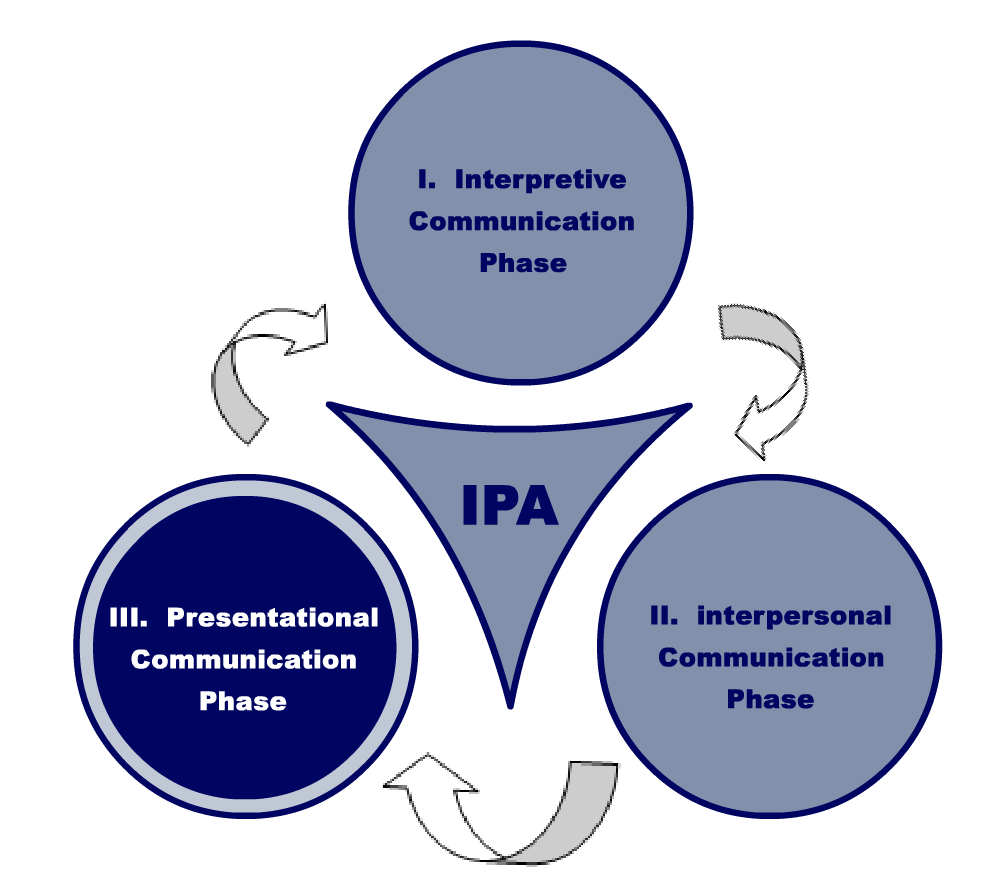 |
|
||||

|
Example 1: Barrier Free by Kazue Oda Phase 2: Presentational Task Materials needed:
Description of the task: Group-Project: Logistics for this task Students will have three weeks to complete this project. Total of five in-class periods will be dedicated for completing this project, and the remaining work should be done outside class. Students will consult with the instructor during her office hours or by appointment if necessary. The instructor will have contacted a department of welfare (福祉大学か福祉学部) of one previously identified Japanese university well before the presentational task takes place. In this university, students are studying to become certified in assisting elders and people with disabilities, and extensively learning about creating a better barrier-free environment in Japan. This is part of an English class in a Japanese university where students are leaning about the current situation of the welfare in the world (including the current situation of barrier-free in various countries). Students in this university are interested in knowing what kind of efforts have been made in American universities to develop barrier-free environments. In this task, students will use a digital camcorder (borrowed from school) to create a small video clip and, after the project is completed, the instructor will post the digital file on the school website (website for the Japanese language program), which will allow the intended audiences (Japanese college students) to have access to the film. This project is a collaboration between EFL and JFL settings: the Japanese college students will also be creating a short video clip on the current barrier-free situation on their campus (in English). Their video files will also be posted on their website so that American and Japanese students will have a chance to exchange information and knowledge regarding the topic and issues related to it. After viewing the film, students will exchange emails (thank you letters), US students writing in Japanese and Japanese students writing in English (students will learn how to write a thank you letter in Japanese). Before the presentational task takes place, the instructor will inform students what they are expected to do in Japanese. In order to scaffold students’ comprehension, the instructor provides students with a visual aide (Appendix B - a hard copy is provided to each student as well as the reading is shown on the OHP screen in front of class). After students have finished the reading, the instructor hands out the instruction of the presentational task (in English). Students ask questions to the instructor, if necessary. The Timeline chart and the rubrics will be provided soon afterwards and the instructor will give students explanations and provide clarifications whenever necessary. The timeline will be explained in Japanese and the rubrics will be explained in English due to their complexity. After this process, a video clip will be presented in class as a model-product for this particular project. This video clip is created by the instructor in collaboration with her colleagues and friends, and it reflects the all the non-negotiables as well as all the highest score in each rubric criteria. Students will fill out the sign-up sheet to create a group of three before leaving the classroom. Students will submit the first draft to the teacher
over the weekend. The teacher makes corrections and writes comments
before returning it to each
group. Students start working on the video project after the final script
has been submitted, graded (using rubrics) and returned with
corrections
from the teacher. Students have ten days to write a first draft and three
days to rework it before submitting the final script. They have a
week to make
a video. Details are shown in the timeline.
Navigation: Follow the IPA process or go directly to the section that is of most interest to you by clicking on the appropriate category
|
||||
